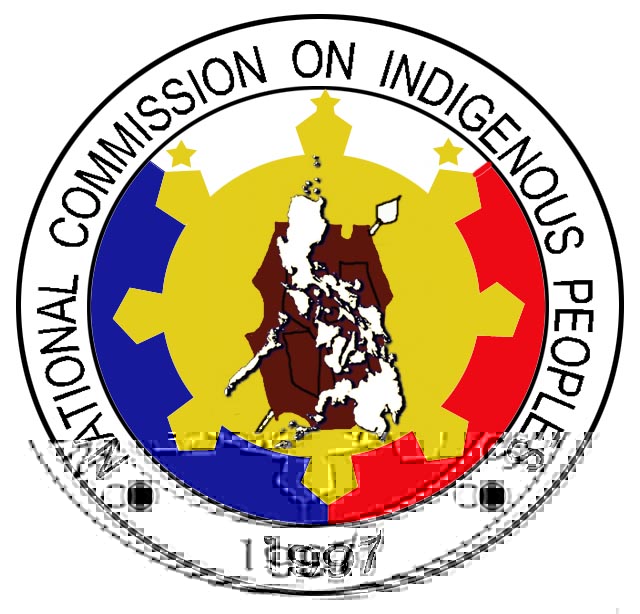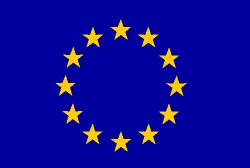|
Getting to know the SuMMIT…
SuMMIT is a five-year integrated conservation and development project designed to protect the biodiversity of the Mount Isarog National Park (MINP). The project seeks to complement ongoing efforts by local and national governments and civil society organizations in addressing the many causes of biodiversity and habitat loss in the MINP.
Its key components include: capacity development in environment,
sustainable livelihood development,
forest rehabilitation,
biodiversity monitoring and
land tenure security.
Information, education and communication
(IEC) activities ensure that these components contribute to changes in behavior among primary stakeholders, which include tenured migrants, indigenous peoples, and agrarian reform beneficiaries in the 23 barangays surrounding the MINP.
The project brings together the collaborative efforts of national government agencies, local government units, non-government organizations and other stakeholders towards a vision of Mount Isarog as "a protected area, effectively and efficiently managed for sustainable use in full cooperation and collaboration by all stakeholders".
CARE Philippines serves as an executing non-government organization (NGO) through a Naga City-based Project Management Office (PMO). The SuMMIT PMO works closely with the DENR's Protected Area Office (PAO) to ensure a common and focused protected area management strategy for the
MINP.
What is the goal SuMMIT?
SuMMIT primarily aims to conserve the biodiversity of Mount Isarog, promoting ecologically, managerially, and financially sustainable "in-situ" interventions that reverse the causes of biodiversity loss.
Specific SuMMIT outcomes include:
- Increased capacity of Protected Area Management Board (PAMB), local government units, forest-edge communities, non-government organizations and community-based organizations in protected area management;
- Increased awareness among MINP's stakeholders on the conservation values and benefits of Mount Isarog and the impact of human behavior upon it;
- Degraded forest areas of at least 400 hectares will have been reforested or protected from further encroachment;
- Increased household livelihood security of at least 200 tenured migrant families and 10,000 persons in forest-edge communities through sustainable livelihood systems of agroforestry, sustainable agriculture and other non-destructive livelihood activities;
- Increased land tenure security among primary stakeholders;
- Established and functional community-based biodiversity monitoring systems.
Who are its beneficiaries?
- Local organizations and institutions, including the MINP's Protected Area Management Board (PAMB), the seven local government units with territorial jurisdiction over Mount Isarog and community-based organizations in the 23 communities, will benefit from the capacity development, forest rehabilitation and bio-diversity monitoring activities of SUMMIT.
- Primary stakeholders of tenured migrants, indigenous peoples (aetas), agrarian reform beneficiaries and other poor households living in Mount Isarog's forest edge communities will have access to appropriate technology and financial inputs through SUMMIT's sustainable livelihood and land tenure security interventions. This assistance will result in reduced resource pressure on the protected area.
- Women, the youth, children and other concerned citizens will have greater knowledge of the MINP's conservation values through SUMMIT's IEC activities. This will enable them to participate more fully in efforts to conserve the park.
- Future generations will continue to enjoy MINP's valued resources as a result of today's conservation efforts.
Who are SUMMIT's partner organizations?
SUMMIT works with both government organizations (GO) and non-government organizations (NGOs) at the local level.
The project's GO partners include national line agencies composed of the Department of Environment and Natural Resources (DENR), the National Commission of Indigenous Peoples (NCIP) and the Department of Agrarian Reform (DAR) and local government units (municipality, city And province levels) with direct stake on the MINP.
NGO partners composed of the Bicol Upland Resources Development Foundation, Inc. (BURDFI), Pag-asang Bicolnon (PagBICOL) and Haribon Foundation for the Conservation of Natural Resources (HARIBON), work directly in the 23 forest-edge communities. PhilDHRRA, a national network of NGOs also served as partner organization in the initial phase of project implementation. PagBICOL, a member of the PhilDHRRA network has assumed PhilDHRRA's role in SUMMIT.
Partnership work with academic institutions, the media and the private sector will also be worked out.
Who are the donors of the SuMMIT Project?
SUMMIT has five international donors:
- CARE USA
- Federal Province of Lower Austria (thru CARE Austria)
- British Embassy- Manila
- Commission of the European Communities (CEC)
- Jeff Peierls Foundation
- United Nations Development Programme-Global Environmental Facility (UNDP-GEF)
Read more about the SuMMIT's Key Components.
|











